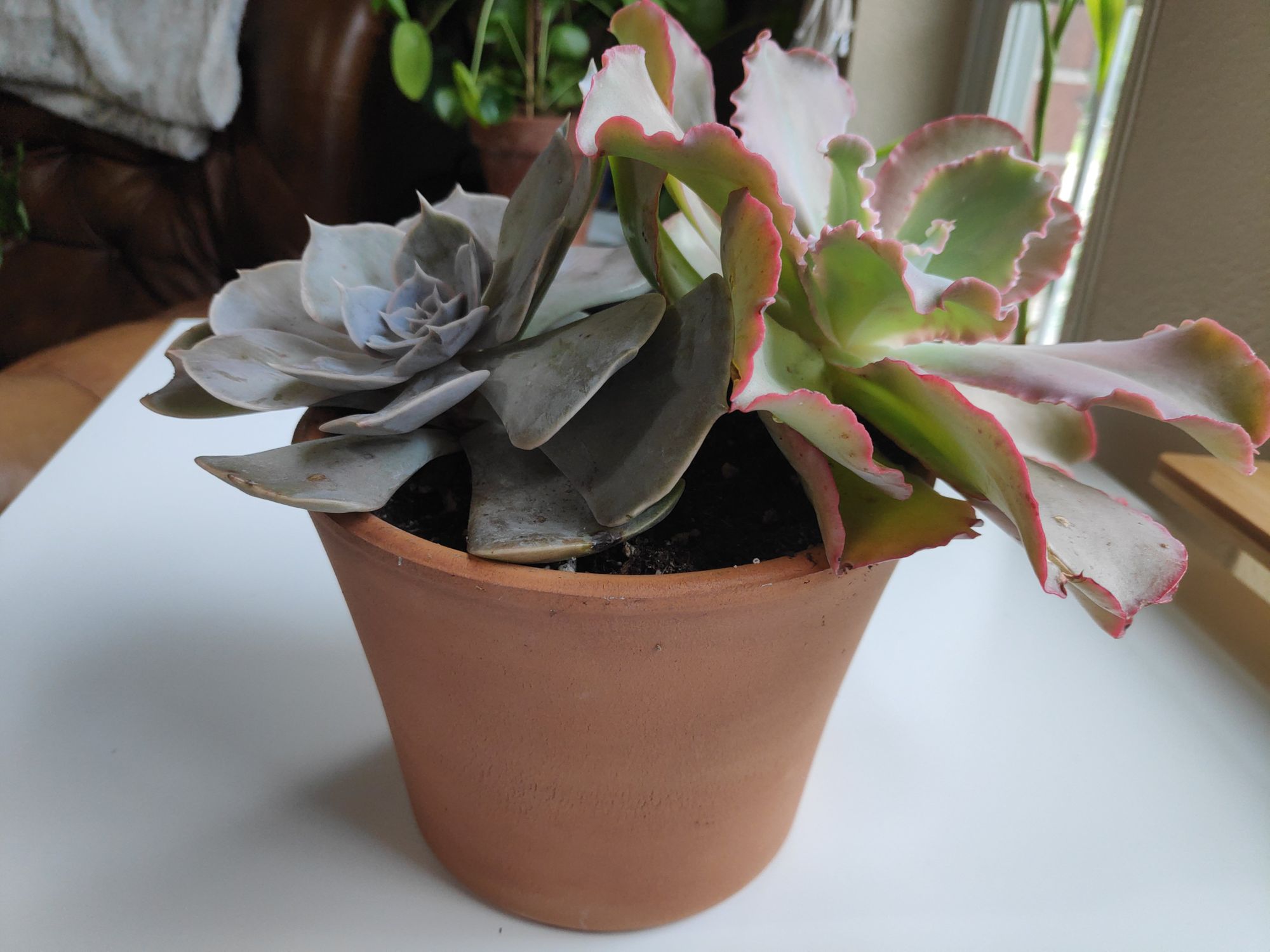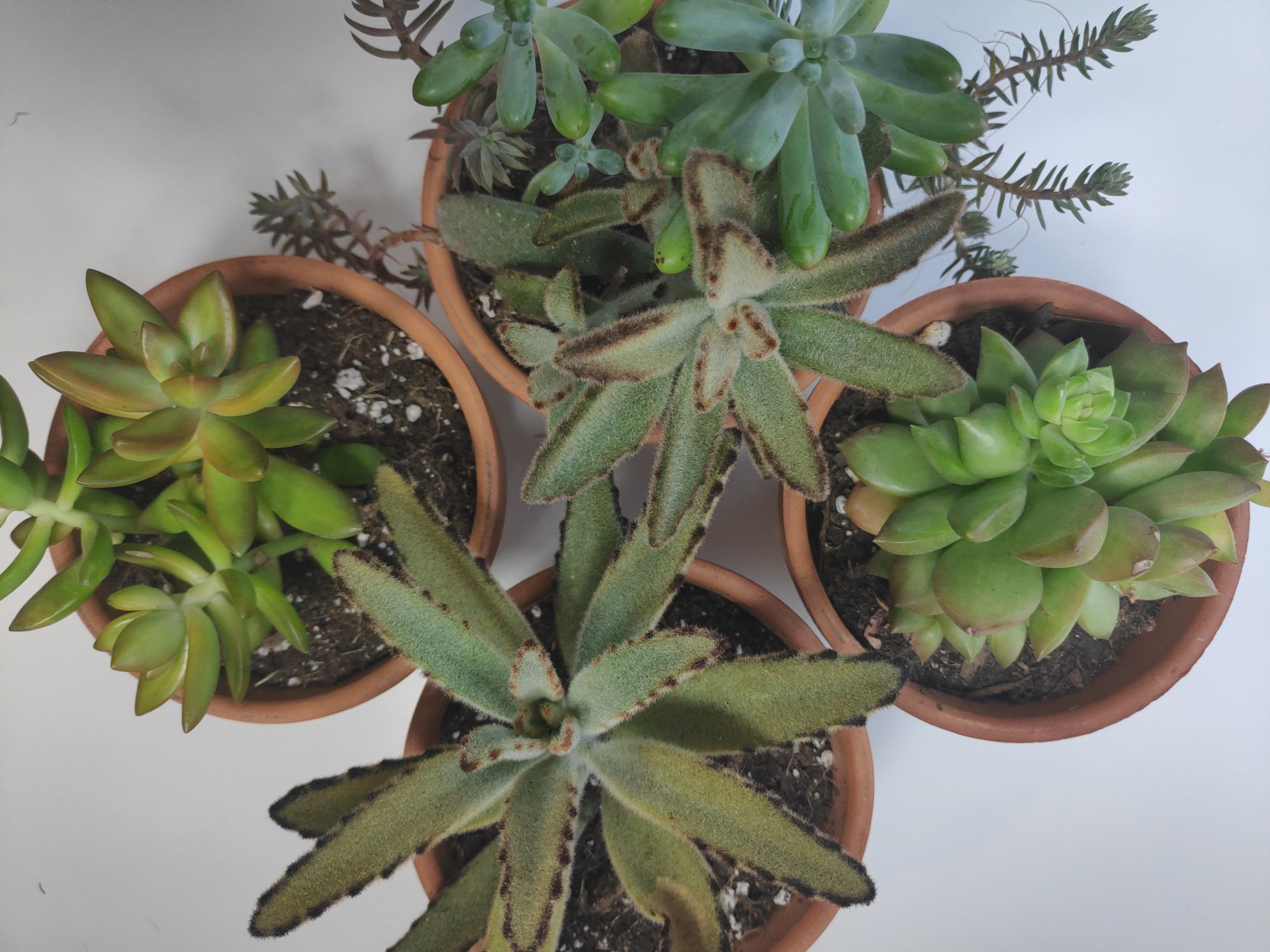Picking the right pot for your plant isn't just a matter of aesthetics. The right pot will help you and your plant develop a healthy relationship and lead to a beautiful, happy houseplant.
There are three main aspects to consider when choosing a pot, and all three of them relate to water retention: the type of pot, size of pot, and pot drainage. In this guide, we'll cover all three considerations for a range of common houseplant types. Specifically, we'll focus on succulents and tropicals, the two most popular types of houseplants. However, these general rules can be applied to any houseplant as long as you understand it's watering requirements.
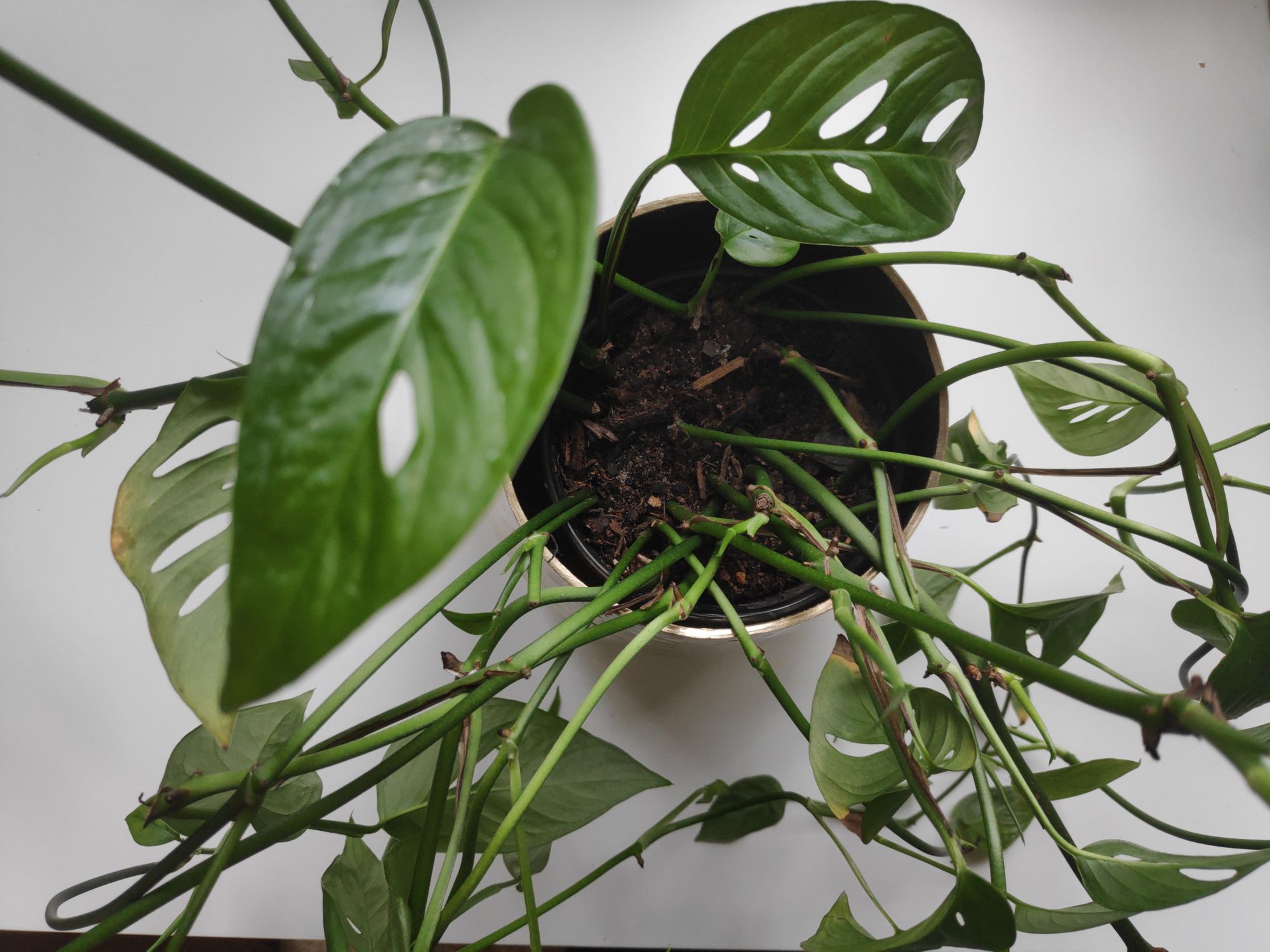
Type of Pot
The main consideration when picking a type of pot is how much can this plant tolerate drying out between watering.
There are three primary types of pots to consider: terracotta, glazed clay, and plastic. Each one has pros and cons, so picking the right one depends on the watering needs of your plant and how you personally are at watering.
Plastic pots retain the most moisture. Terracotta pots, on the other hand, are very porous and will suck water away from the soil. In general, I recommend terracotta plants for succulents, cacti, and other plants that love to really dry out between watering. Tropical foliage plants, on the other hand, tend to love moisture and won't do well if they dry out all the way - so a plastic pot is better for them.
Glazed clay pots offer a happy middle ground. If you want to retain moisture, but your plant is simply too heavy for a plastic pot, the hefty glazed clay pots will be perfect.
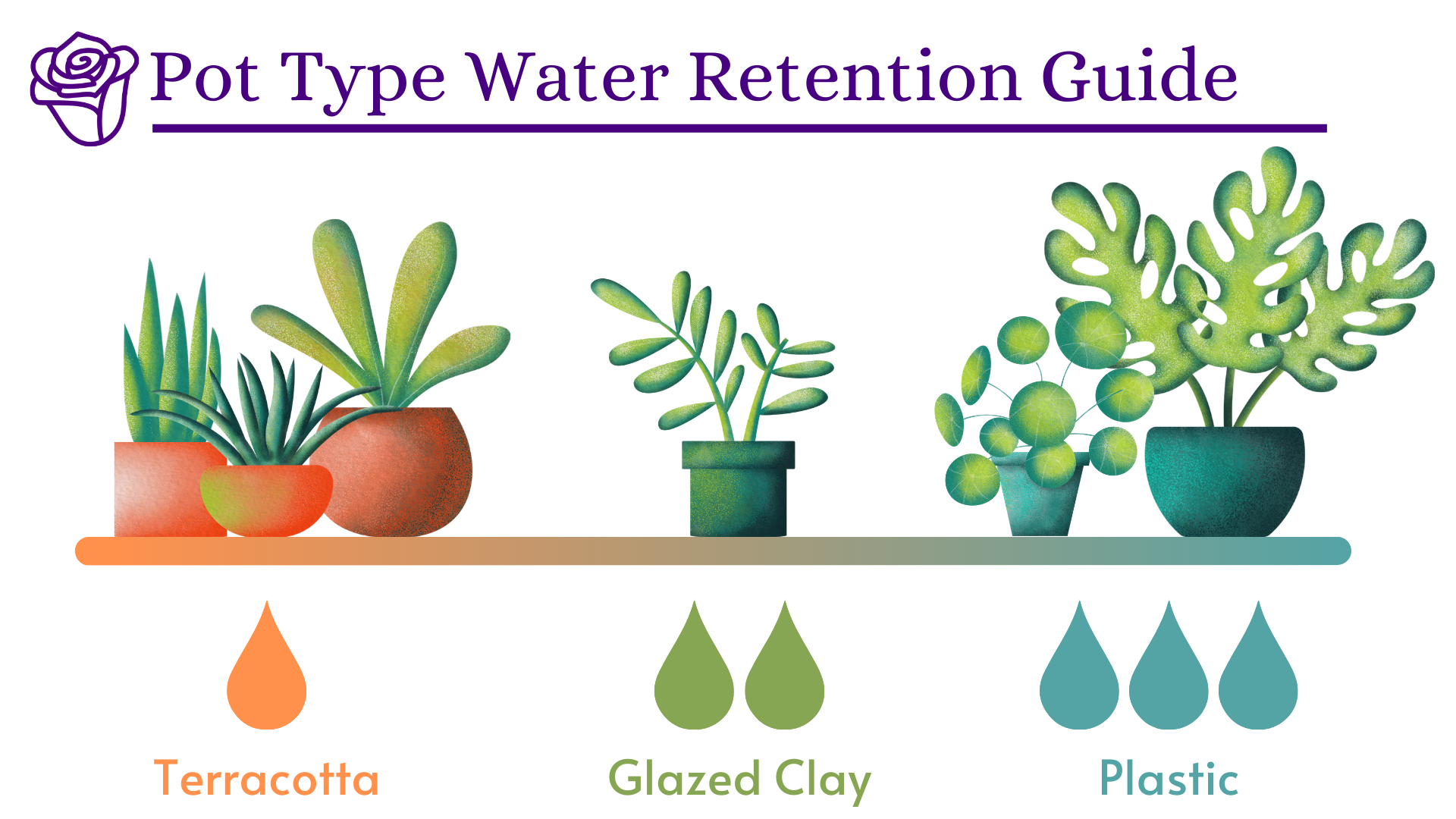
However, there may be other considerations when picking the type of pot for your plant. Over watering, for example, can cause root rot when extra moisture is retained in the soil. If you know you have the bad habit of over-watering your plants, you may want to use terracotta for your houseplants to help you avoid root rot. On the other hand, if you tend to forget about your plants for weeks on end, you may want to place even succulents in a moisture-retaining plastic pot.
If you want to keep your plants moist but you don't like the look of plastic pots, consider using a cachepot - a decorative outer pot you can plop your plastic pots into.
Personally, I usually keep my moisture-loving plants in their nursery pots until they out grow them, using cachepots for aesthetics. I always repot succulents into terracotta pots right away.
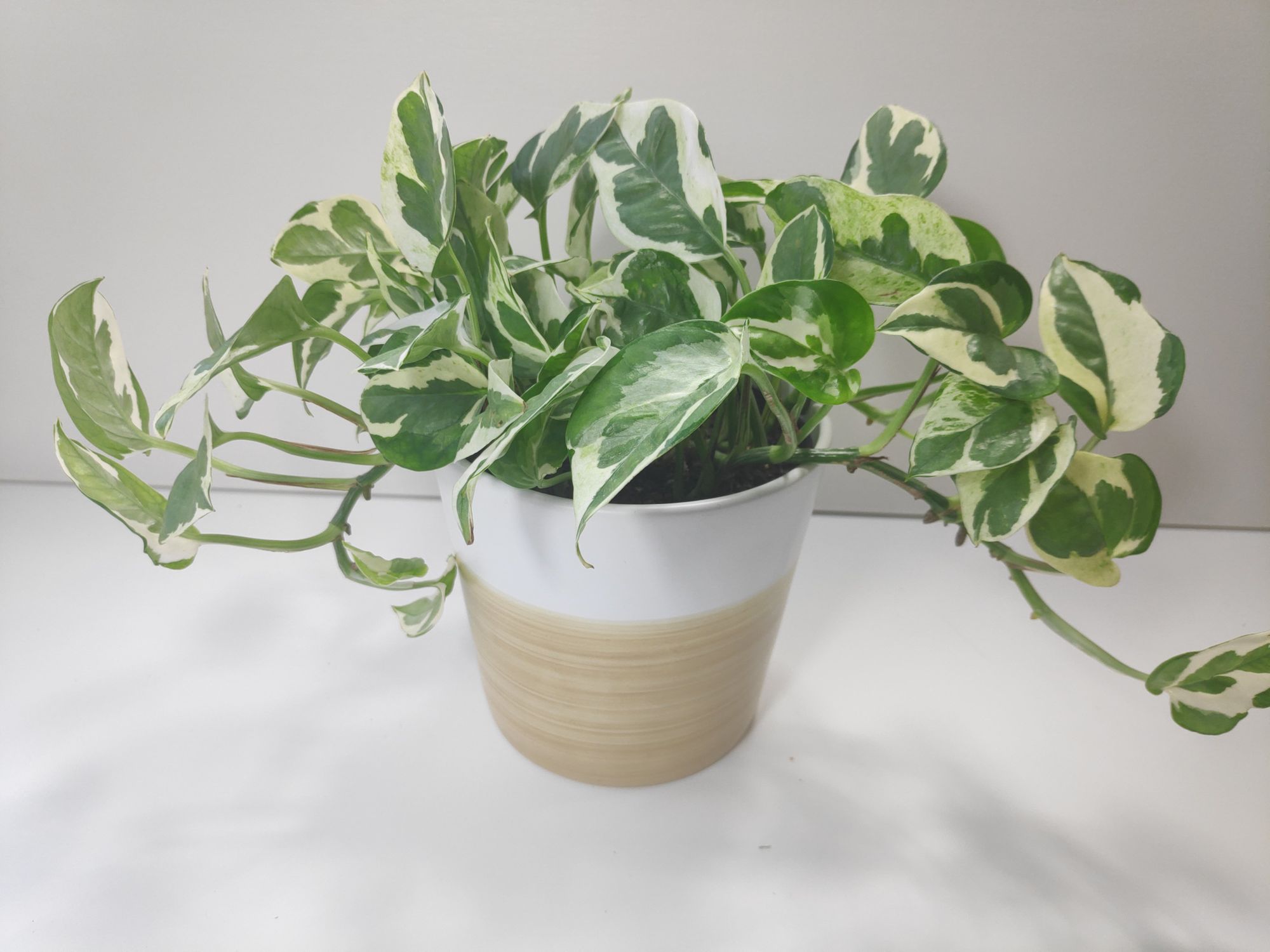
Picking a pot size
Picking the right pot size for your plant is important for ensuring the plant receives the right amount of water - not too much, or too little. Both over and under watering can kill your plant, and picking the wrong pot size can be a death sentence.
Pots that are too small
If your plant is already in a pot, you probably don't need to repot it until it is nearly root-bound. A root-bound plant is when the roots have totally outgrown the pot. This normally looks like a nest of roots swirling around the bottom and sides of the pot. You may also see roots growing out of the pot from the bottom, sides, or even out of the top of the soil.
When a plant becomes root-bound, the soil becomes very tightly compacted around the roots to accommodate them. This makes the soil less able to retain water, and prevents oxygen flow. As a result, a root-bound plant may have a hard time absorbing water, no matter how much you water it.
When you are repotting a plant, it is important to not choose a size so small that the plant will not be able to retain any moisture from the soil.
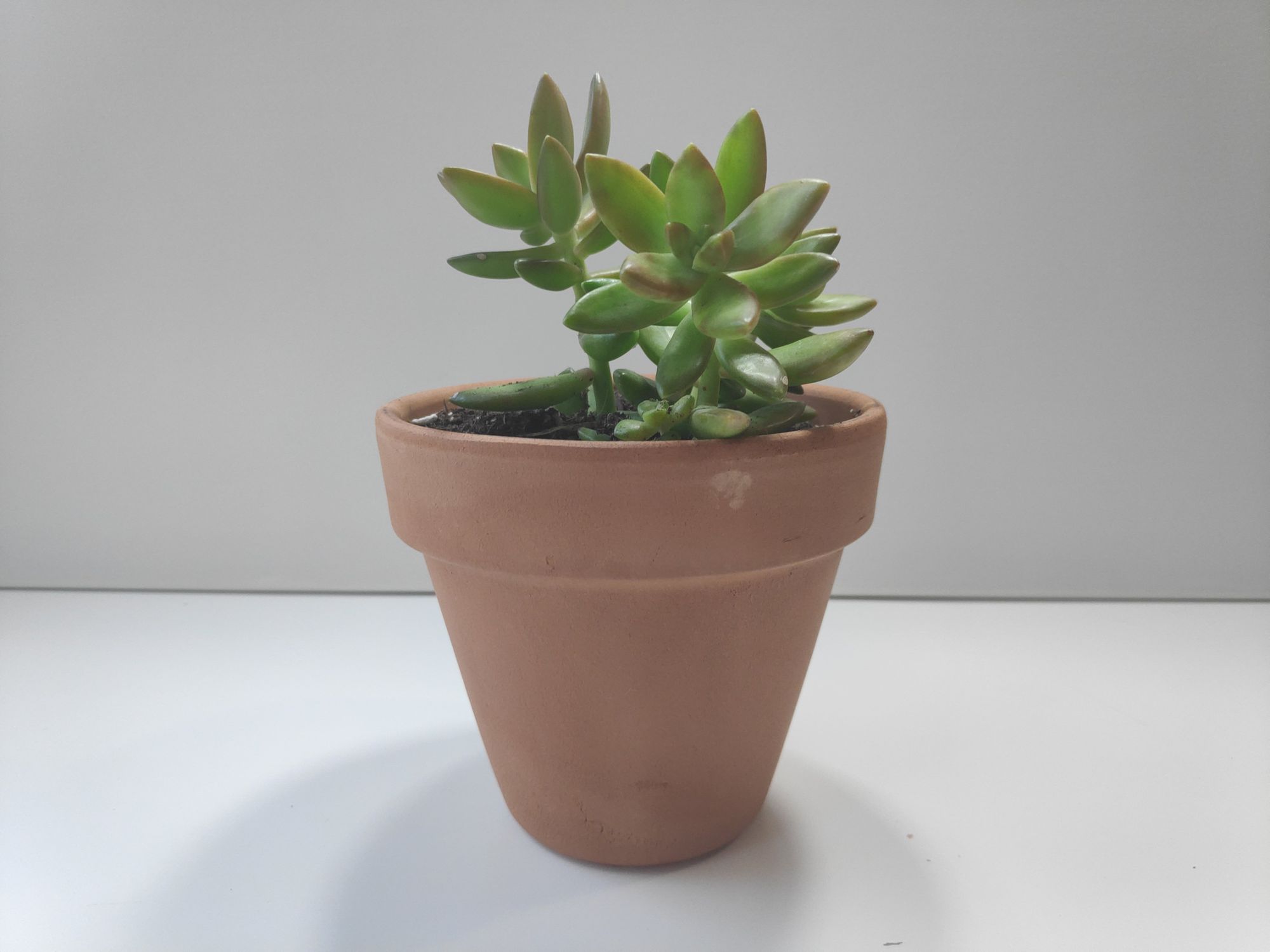
Pots that are too big
The flip side of this is that a pot that is too big will retain too much moisture, leading to root rot. Root rot is when excess water in the soil prevents oxygen from circulating, causing the roots of the plant to decay.
This, ironically, may mimic the effect of under watering. Because the roots are dying off, they are not actually able to bring water and nutrients to the plant. An early warning sign of root rot is yellowing and dropping leaves while your soil still feels moist.
Pots that are too big can lead to root rot because the root system of the plant is not developed enough to suck up moisture from the entire volume of the pot. This results in excess water sitting in the soil, which will create the conditions for rot.
If this condition goes unchecked and develops into severe rot, you may need to cut back your plant significantly to safe it - and that's still not a guarantee.
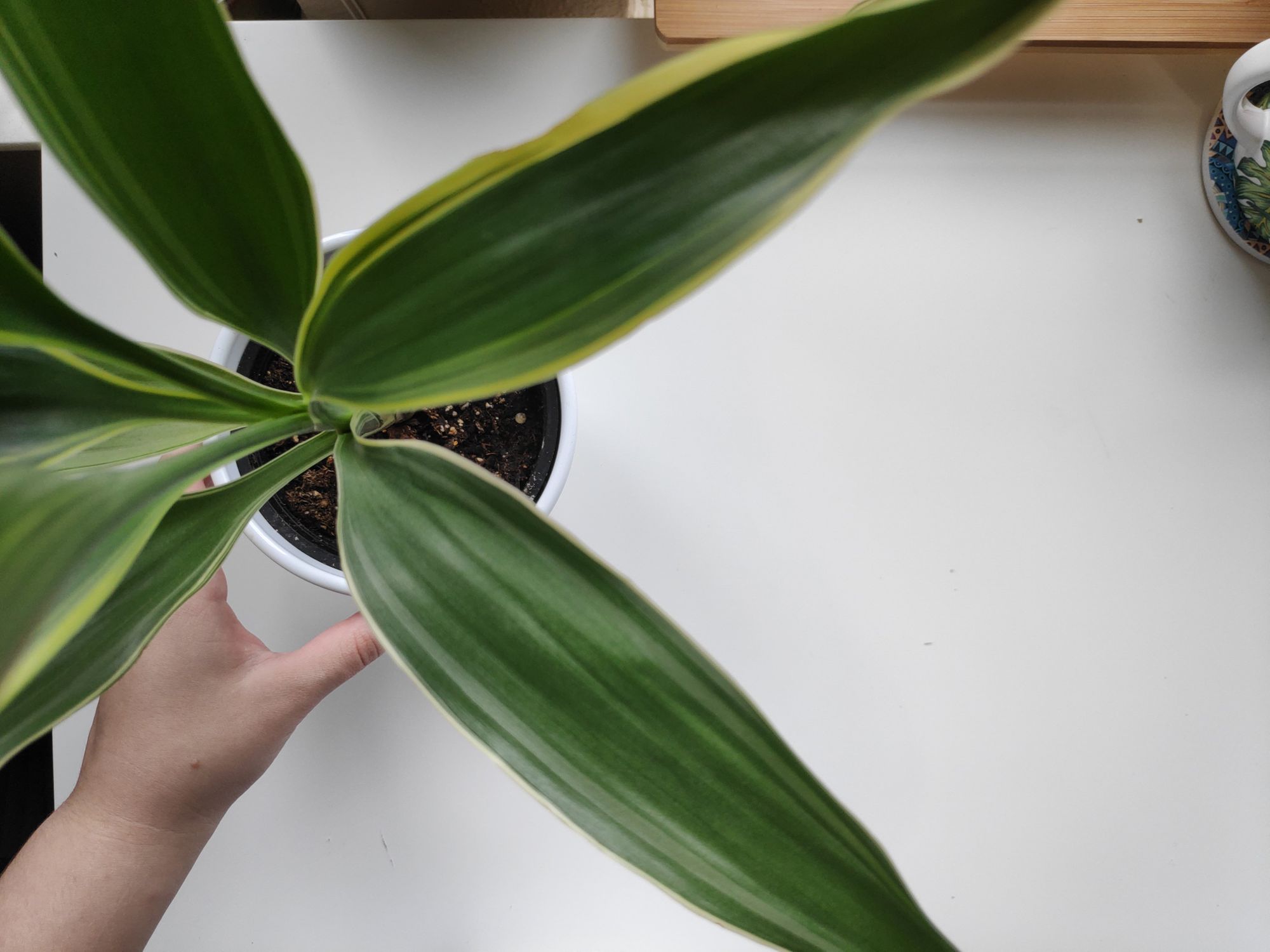
Providing Drainage
Pots without drainage holes have the same problem as pots that are too big for your plant or retain too much moisture: root rot.
Drainage holes at the bottom of your pot allow excess water to flow out of the plant, so it doesn't end up sitting in your soil. I never recommend using a pot without any drainage - however this can come in a few forms.
When using a nursery pot inside a cachepot, the decorative cachepot on the outside will not have drainage holes. When you water plants in cachepot, take them out of the decorative pot and water them directly over the sink or bathtub and allow it to drain a bit before returning the plant into the decorative pot. Otherwise, excess water will drain out of the nursery pot and into the cachepot, only to be reabsorbed.
If your pot does not have drainage holes on it already, some people suggest adding a layer or two of pebbles or charcoal to catch extra water - however, I personally do not recommend this tactic and never use it. The gravel simply creates a reservoir for water to collect in, which does not solve the problem! I prefer to simply drill a hole into my pots when necessary to ensure the plant has the proper drainage.
